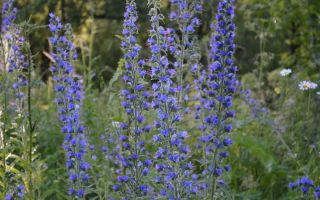Content
The beneficial properties of the common bruise find application in the treatment of chronic diseases and acute disorders. Before using a medicinal herb, you need to carefully study its features.
What it looks like and where it grows
Common bruise (Echium vulgare) is a biennial herb from the Burachnikov family. It has an erect rounded stem up to 1 m in height, lanceolate pointed leaves with a clearly visible vein in the center. The upper and middle plates are sessile, and the basal plates, which die off during flowering, taper into a short petiole near the ground.
The buds of an ordinary bruise are small, numerous, bell-shaped. They are located on short lateral branches along the entire length of the stem and form paniculate inflorescences.
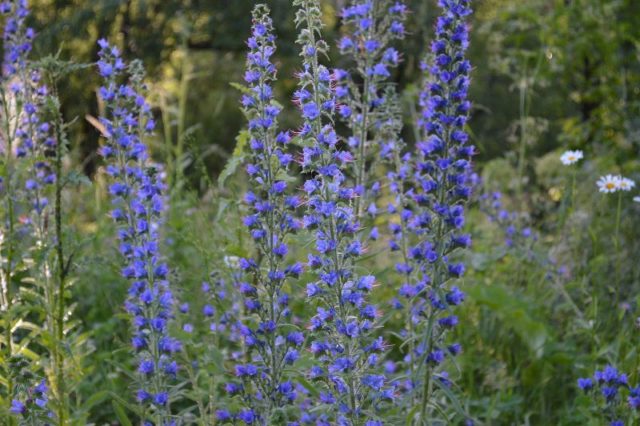
Before blooming, the buds have a reddish tint, and about the second day after pollination they acquire a deep blue color. In early August, the plant bears fruit - small brownish nuts.
The herbaceous biennial grows in Europe, in central Russia, in the west of Central Asia and in Western Siberia. Prefers wastelands and dry slopes, occurs as a weed on roadsides, in sown meadows and pastures.
Chemical composition
The beneficial properties of the common bruise honey herb are due to the chemical composition of the plant. The stems, leaves and flowers contain:
- vitamin C;
- choline;
- phenol carboxylic acids;
- saponins;
- carotene;
- malic, tartaric, succinic and fumaric acids.
Also, in the composition of the plant, it is necessary to note cinoglossin and consolididin - poisons, in strength and effect similar to curare. Common bruises are highly toxic and must be eaten with care according to recipes.
Useful properties of common bruise
A medicinal plant, when used correctly, has a beneficial effect on the body. Namely:
- has an analgesic effect and stops bleeding;
- neutralizes poisons and toxins;
- cleans the blood and restores its normal composition;
- calms the nervous system and helps with stress;
- promotes wound healing;
- prevents seizures;
- stimulates expectoration for colds and bronchitis.
You can use funds based on an ordinary bruise for joint ailments, epilepsy and colds.
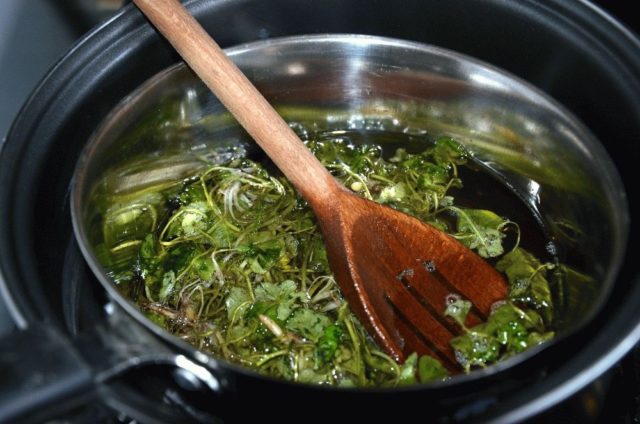
Preparation and application methods
Traditional medicine offers several remedies based on an ordinary bruise. The plant can be used not only externally, but also internally, provided that the dosages are carefully observed.
Tincture
For joint pain, bruises and sprains, an alcoholic tincture of a medicinal bruise helps. They do it like this:
- fresh or dry grass is pre-crushed in a volume of 100 g;
- put in a glass container and pour 400 ml of high-quality vodka or homemade moonshine;
- cork and shake thoroughly;
- put away in a dark place for two weeks;
- the vessel is removed daily and shaken well.
After the expiration of the period, it is necessary to strain the product by squeezing the cake through cheesecloth folded in several layers. Use the drug externally to rub the joints and muscles, you can apply the tincture to the skin up to three times a day.
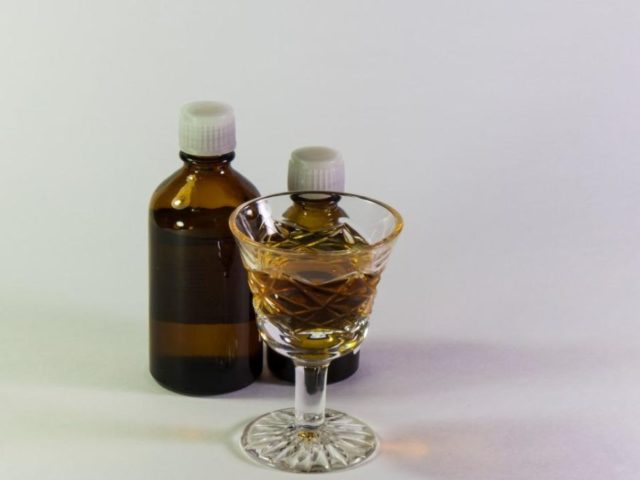
Infusion
An aqueous infusion of an ordinary bruise is used for hemorrhoids, colds, whooping cough and bronchitis. The recipe for the preparation looks like this:
- 10 g of dried herbs are steamed with 300 ml of fresh boiling water;
- leave under the lid for two hours at room temperature;
- filter from sediment.
The drug is taken three times a day on an empty stomach, 15 ml. The duration of treatment depends on the specific disease and in some cases can be up to three months.
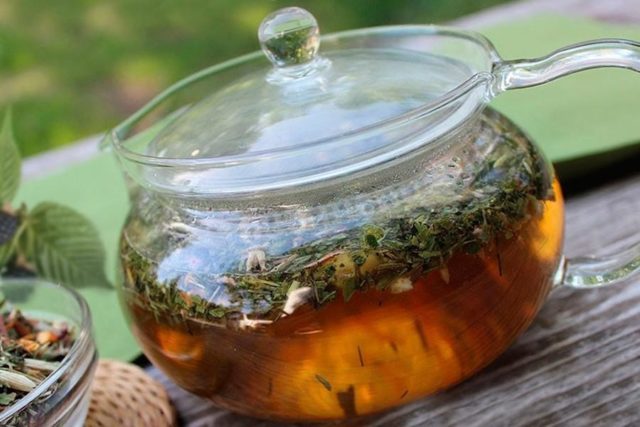
Decoction
The medicinal properties of the common bruise are beneficial for coughs, nervous disorders and joint ailments. Traditional medicine offers the following recipe:
- 5 g of dry raw materials are brewed with hot water in the volume of a glass;
- simmer for ten minutes on low heat;
- removed from the stove and filtered.
It is allowed to take the drug in 30 ml three times a day.
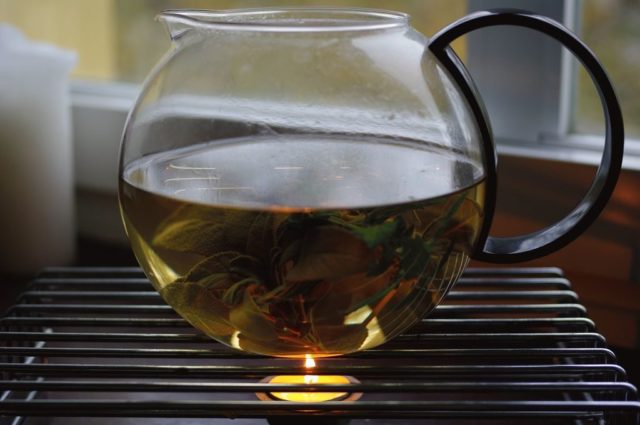
Baths, lotions
With rheumatism, arthritis and radiculitis, baths with the addition of a decoction of a bruise have a good effect. The drug is done as follows:
- 300 fresh or dried herbs are poured into 10 liters of water in a large enamel bucket;
- heated to a boil and immediately turned off;
- insist closed for four hours;
- poured through folded gauze into a filled bathing container.
Take a bath with a water temperature of about 37 ° C for at least 15 minutes. The procedure is performed before bedtime, and the course of treatment should take ten days.
The healing properties of the bruise are also used for lotions for bruises and skin irritations. In a broth prepared according to a similar recipe, moisten clean gauze and apply to the affected area for half an hour.
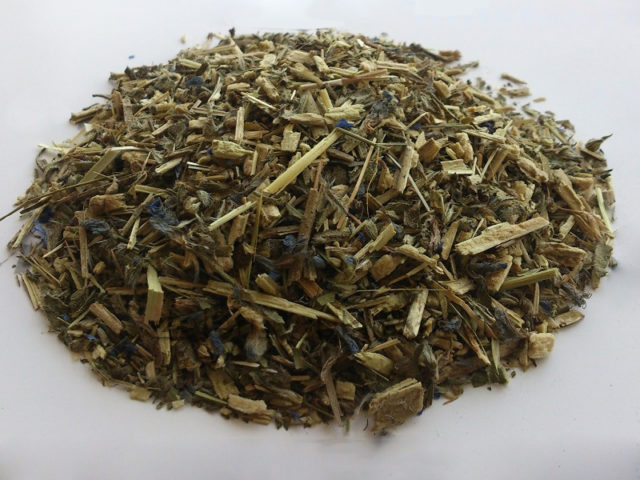
Application in traditional medicine
A common bruise, when used by prescription, does not harm the body, but it helps relieve unpleasant symptoms and alleviates the course of chronic ailments. Traditional medicine offers several proven algorithms.
For wounds and bruises
For cuts, scratches and bruises, compresses with an infusion of an ordinary bruise have a good effect. The drug is done like this:
- 5 g of herbs and dried flowers are poured into a glass of water;
- leave under the lid for three hours in a warm place;
- passed through cheesecloth for filtration.
In the ready-made warm infusion, a bandage or piece of tissue is moistened and applied to the damaged area for 2-3 hours. The healing components of the plant penetrate the tissues through the skin, soothe pain and accelerate healing.
For epilepsy
The infusion of common bruise improves the functioning of the nervous system, has an anticonvulsant effect and helps to reduce the frequency of seizures in epilepsy. For medicinal purposes, prepare the following infusion:
- 8 g of dry grass is poured into 300 ml of fresh boiling water;
- keep the product closed for three hours;
- filter.
The infusion is taken in a large spoonful three times a day. It is recommended to consume it on an empty stomach.
With abscesses and boils
With purulent inflammations on the skin, a gruel from fresh leaves of an ordinary bruise has a good effect. They do it like this:
- several sheet plates are thoroughly washed in cool water;
- grind with a mortar or grind in a blender until smooth;
- the resulting raw material is wrapped in folded gauze.
The compress is applied to the abscesses for 1-2 hours. An ordinary bruise will relieve inflammation and cope with bacterial processes.
With hemorrhoids
An aqueous infusion of bruise roots helps from hemorrhoids. Traditional medicine offers the following recipe:
- 10 g of dry roots are finely chopped with a knife or chopped with a blender;
- the vegetable mass is steamed with 200 ml of boiling water and stirred;
- leave closed for an hour;
- pass through cheesecloth and squeeze the mass at the bottom of the container.
The infusion is taken 20-25 three times a day. Between doses of the drug take breaks of 2-4 hours. An ordinary bruise relieves painful sensations in hemorrhoids, stops internal bleeding and promotes resorption of nodes.
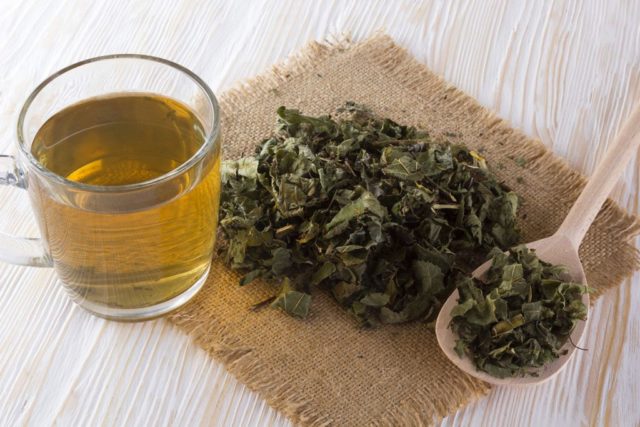
When coughing
The expectorant properties of the common bruise promote recovery from bronchitis and whooping cough. For treatment, such a remedy is prepared:
- 10 g of a dry plant is crushed and poured with a glass of hot water;
- a closed container in a warm place is kept for three hours;
- filter the drug from the sediment.
It is necessary to take the drug three times a day for a large spoon. The use of the infusion is continued until the condition improves, but no more than ten days in a row.
With stress and neurosis
The soothing properties of bruise infusion are used for anxiety disorders, a tendency to depression and poor sleep. The recipe for the preparation of a drug looks like this:
- the grass of an ordinary bruise is crushed in a volume of 10 g;
- the raw material is poured into 300 ml of hot water in a glass container;
- the vessel is wrapped and left in a dark place for two hours;
- filter after reaching readiness.
The infusion is taken 15 ml three times a day on an empty stomach. The duration of treatment is selected individually, but in general, it is recommended to use the drug without interruptions for no more than ten days.
With arthritis and arthrosis
The medicinal properties of the common bruise soothe the pain of arthritis, gout and sciatica. In case of exacerbations, the herb infusion should be used externally, in which case the plant will have a healing effect faster.
A remedy for treating joints is prepared as follows:
- 5 g of dried herbs are crushed and poured with a glass of boiling water;
- kept under the lid at room temperature for two hours;
- filter the sediment.
The ready-made infusion is used warm - a piece of clean gauze is moistened in it and applied to the sore joint. You need to keep the compress for three hours.
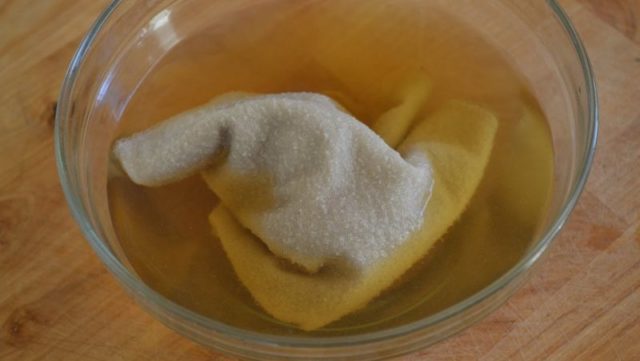
With bites
The healing properties of the common bruise help with insect, scorpion and snake bites. The plant not only relieves irritation and itching, but also has an anti-toxic effect. A remedy for external use is done as follows:
- dry roots of a medicinal herb are crushed in a volume of 5 g;
- pour raw materials with a glass of dry white wine;
- bring the solution to a boil over low heat;
- languish with stirring for five minutes.
The finished broth is removed from heat and insisted for another ten minutes, after which it is filtered. The agent is applied to the bites with lotions for 1-2 hours until the unpleasant symptoms disappear.
For rheumatism
For rheumatism, a decoction of an ordinary bruise, added to a bathing bath, has a good effect. The healing solution is made according to this recipe:
- dry grass is crushed in a volume of 300 g;
- 10 liters of pre-prepared boiling water are poured into a large enameled container;
- cover the bucket or pot with a lid and leave for four hours to infuse.
The finished product in a cooled form is poured into a bath and diluted with ordinary hot water until the container is filled. They are immersed in the medicinal liquid for 15-30 minutes in the evening. Baths are especially useful in exacerbating the disease, since they allow you to relieve pain and relax before going to bed.
Contraindications
The medicinal properties of the common bruise plant are not always the same. In some cases, the use of funds based on it is prohibited. Namely:
- during pregnancy and lactation;
- under the age of 18;
- with individual intolerance;
- with a tendency to blood thickening;
- with exacerbation of pancreatitis and stomach ulcers;
- with thrombophlebitis and varicose veins.
An ordinary bruise is consumed in small dosages in strict accordance with recipes. Exceeding the safe volume leads to the development of side effects, including nausea, vomiting, muscle paralysis and difficulty breathing. If alarming symptoms appear, you need to immediately empty the stomach, take a laxative, and then call a doctor.
Collection and procurement
The buds and leaves of an ordinary bruise for medicinal purposes are harvested during flowering, when the maximum amount of nutrients is concentrated in the raw material. The roots must be dug up in early spring or in the autumn, shortly before the cold weather.
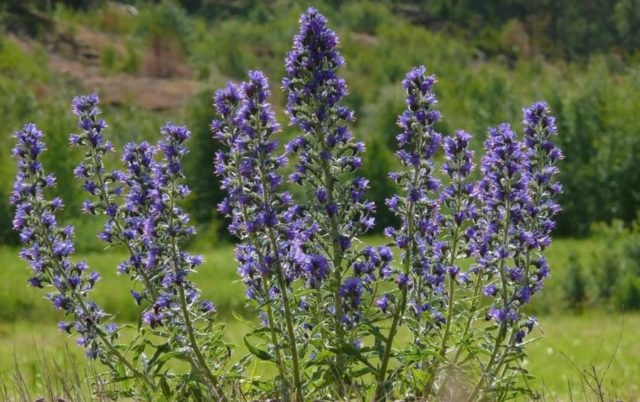
The prepared raw materials are laid out to dry on a baking sheet or other flat surface and left in a warm place in the fresh air. From time to time, leaves, roots and flowers turn up. After evaporation of the remaining moisture, you need to pour the raw materials into a paper bag and put them in a place protected from light for storage.
Conclusion
The useful properties of the common bruise are combined with its dangerous qualities. In moderate dosages, the plant is used for joint ailments and as an expectorant. But it is necessary to use infusions and decoctions of herbs carefully in order to prevent poisoning.

